Once again, we find ourselves in a medieval kingdom. And once again, it’s under attack. You know the drill, commander – get up, find some allies, save the world. Buckle up and get ready to ride to…Camelot.
Even if it is a silly place.
Knightcore: Sword of Kingdom is a hybrid tower defense (offense?) and RTS game. In this game, you’re tasked with taking back your world from the forces of evil that have encroached upon it. To do that, you’ll need to make powerful allies, train a mighty army, and seek out legendary arms and armor to add to your arsenal. Knightcore: Sword of Kingdom is available on both the Google Play Store and the App Store.
Knightcore: Sword of Kingdom has a lot of gameplay elements in common with well-established titles such as Arknights. Players who have played that game (or just tower defense games in general) will find themselves quickly acclimating to the mechanics of Knightcore: Sword of Kingdom. If, however, this is your first romp into the tower defense (again, tower offense?) genre, are a completely new player when it comes to these kinds of games, or just want a sneak peek of what’s to come, you’re in the right place.
In this Knightcore: Sword of Kingdom beginner’s guide, we’ll be going over:
- Learning to read your units. Knowledge is power, and understanding your units is the first step to building an effective army to fight back the forces of darkness.
- Building your units. Being able to read your units is important for creating a cohesive strategy, but so is strengthening them. You’ll still need punching power to execute your plans, after all!
- Resources. You can’t get stronger without paying resources, so it’s important to know where and how to get the game’s most common materials at the start of the game.
- Mastering combat. Yes, you can caveman your way through it, but finessing it isn’t that much harder – and it’s simple, too.
- The gacha. Knowing where and when to pull is an important lesson that must be learned in every gacha game. Premium currency saved is premium currency earned!
Understanding Your Units
Playing any game that deals with characters requires players to thoroughly understand how these characters work. To do that, we’ll need to break down each unit into its constituent parts and give those parts a thorough examination.
Quick Tips:
- Units have stats that help you quickly determine how they perform in various scenarios.
- Units have a rarity value. Rarer units are generally superior to their more common peers.
- Units have a type. STR beats AGI, AGI beats MAG, MAG beats STR.
- Weakness damage in Knightcore: Sword of Kingdom is 200%, so utilize type weaknesses whenever you can.
- Units can equip a weapon for substantial boosts to their stats.
- Units have access to a Star Ring, a skill tree that unlocks passive bonuses and augments for that unit.
- Units have skills. Skills can be either passive or activated via a trigger.
- Named units also have access to a powerful Mystic (ultimate) which can vastly change the outcome of a battle.
- Most named units have a Mystic, but lower-rarity heroes usually require both level and star rating investments to unlock their Mystic.
Unit Stats
All RPGs are based on numbers, and this one’s no exception. A good understanding of your units comes from knowing their numbers, so let’s take a look at Knightcore: Sword of Kingdom’s stat system. Luckily, Knightcore: Sword of Kingdom has a really boiled-down stat system, so we don’t have too much to go over.
The stats in the game are as follows:
- Combat Power – essentially attack power. Determines the damage of both a unit’s normal attacks and its skills (whether that’s damage, healing, or buffs).
- HP – health points, or hit points, if you like. How much damage a unit can take before it goes down for the count.
- ASPD – attack speed. How often this unit attacks. Also affects the frequency of the unit using skills.
- MSPD – movement speed. A higher movement speed means a unit moves faster.
Note that there are some substats such as critical rate and critical damage. They don’t count as base stats and mostly come from gear, so keep that in mind.
Rarity
All units have a rarity.
As a rule of thumb in gacha games, the rarer a unit, the better it usually performs. In Knightcore: Sword of Kingdom, rarer units not only have higher stats than their more common brethren but also have access to more potent skills – more on that in a moment.
Unit Types and Type Counters
As with most mobile games, Knightcore: Sword of Kingdom has an elemental rock-paper-scissors system in play. All units belong to 1 of 3 types – Strength (red), Agility (green), and Magic (blue).
- STR counters AGI.
- AGI counters MAG.
- MAG counters STR.
Like most weakness systems, it helps to think of them as the elements of fire, water, and earth/air. That way, you can tell what you’re strong against (and weak to) with just a glance.
Related: Knightcore: Sword of Kingdom Tier List: Ranking Each Character in the Game
Weakness damage bonuses in Knightcore: Sword of Kingdom are massive. Attacking an enemy that’s weak to you results in double damage, so leverage this system as much as you can!
Weapons
Units have access to one weapon slot.
By slapping weapons onto your units, you can vastly improve their combat performance and get a quick and dirty boost to their stats.
Star Rings
Below the weapon slot is another slot that seems to be for equipment. It’s not – this slot actually opens that unit’s Star Ring.
Star Rings allow you to boost the performance of your favorite units even higher. We’ll talk about them in greater detail in the “Bulking Up” section.
Unit Skills
All units have access to powerful skills that they can unleash in battle to destroy their foes and help their allies.
Skills can either be passive or activated via a trigger. To view a skill in greater detail, tap on it. Always remember to review the skills of your units as these are incredibly important!
Named units also pack powerful Mystics, ultimate skills that can be used after a unit has harnessed enough energy. Mystics are incredibly potent; time their use well, and you can easily control the flow of battle.
Note that while named units almost always have a Mystic, more common named units require investment into levels and star rating boosts before you can unlock their ultimate skill.
Bulking Up
Now that you know how to read your units, it’s time to push their numbers even higher. As I’m fond of saying, victory requires both strategy and brute force – you need a plan, and you need to ensure that your knights are strong enough to carry out said plan.
Quick Tips:
- Leveling up is the fastest way to strengthen units in any RPG. Each level grants a slight increase to base stats.
- Remember that a hero’s level cannot surpass your account level.
- Level caps can be surpassed by increasing a hero’s star rating.
- You need duplicates of an SR hero to increase their star rating. Heroes with lower rarity are, however, exempt from this for the first few star rating boosts. In general, the rarer the hero is, the harder it is to boost their star rating.
- You can trade Camelot Soul Shards from your dailies for some heroes’ shards to make raising star ratings easier.
- As you increase a hero’s star rating, it gains skill levels. This is important for heroes with powerful Mystics.
- Always be sure to keep your weapons upgraded. Upgraded gear provides bigger stat boosts and can make a huge difference in performance.
- Don’t forget to improve your Star Ring skills as you increase your star ratings. Be mindful of which nodes you sink resources into and remember that the middle node gains 1 level per 1 level of all its surrounding nodes.
- Achievements provide minor boosts that affect all your units. Every little bit helps!
Leveling Up
Leveling up is perhaps the least exciting but most basic way to power up any RPG character.
As a unit gains levels, its base stats increase. As I said, nothing fancy, but don’t neglect your levels as they still serve as a powerful base for your growth.
To level up your units, you’ll need to give them Hero EXP, an item that you can earn from a lot of game modes. Just mash the level up button and off you go. Do note that a hero’s level cannot exceed your account level.
Starring Up
While leveling up your heroes, you may notice that you can’t bring them past certain levels. To surpass this cap, you’ll need to increase that hero’s star rating.
To increase a unit’s star rating, you’ll need several things: money, Knight Crystals, and most importantly, a Spirit of that hero for SR heroes. Meaning that yes, you need to pull duplicates of a hero to increase their level cap. Them’s the breaks. Oh, and there’s a success rate. However, it’s not all bad – some heroes’ shards can be acquired by trading in Camelot Soul Crystals (from daily quests) at the shop.
Each increased star rating not only increases the unit’s level cap but gives them respectable boosts to their base stats, and lower-rarity heroes won’t require you to sacrifice a dupe immediately. Star rating boosts also increase the rarity of a unit, so if you see stuff that’s locked until a specific rarity, you now know how to overcome those barriers.
Skill Levels
Another way to improve the strength of your fighters is by upgrading their skill’s levels.
As a skill’s level rises, its numbers go higher, and thus the skill becomes more effective. Raising skills is doubly important for units that have Mystics as raising their Mystic’s skill level makes it that much more devastating.
Raising skill levels is pretty much an automatic process in Knightcore: Sword of Kingdom. As you raise a hero’s star rating, their skills will gain more stars (aka levels). On one hand, it’s hands-off leveling, on the other, good luck strengthening your SRs. At least your rare heroes will pull through for a while!
Upgrading Weapons
As mentioned earlier, heroes can be given weapons. Weapons largely serve as stat sticks – just slap one on a hero and benefit from instant free stats.
However, that’s not the end of it. Each weapon can also be upgraded by feeding it other weapons. The more weapons you sacrifice to feed another weapon, the higher the level and abilities of that weapon become. As weapons can be somewhat scarce in the early game, I suggest prioritizing gear upgrades on your named heroes before your mooks.
Pumping Star Rings
Don’t neglect the power of your Star Rings!
As mentioned earlier, Star Rings are essentially a tree chock-full of passive boosts that help you fine-tune and boost a specific unit’s performance. This is done by investing Arch Moonwise (I have no idea what the plural is) into said character’s Star Ring nodes, with each node providing a different boost. Note that the more points you sink into a node, the more expensive leveling that node becomes.
Pay attention to the central node of each of a character’s Star Ring tiers. Central nodes are often more potent than their surrounding nodes and carry unique bonuses that can vastly change how a hero works. Unfortunately, they’re expensive to activate as central nodes only gain levels based on their surrounding nodes – 1 level on each of those nodes gives the central node 1 level.
Finally, you may have noticed that there’s a limit to how many nodes you can invest in, as well as several locked rings. Both of these can be overcome by raising a hero’s rarity via star rating. The higher the hero’s rarity, the more Star Ring points it has to work with and the more rings become available to it.
Achievements
As your legend grows into myth, your very presence begins to inspire your warriors to greater deeds of valor. This is reflected in Knightcore: Sword of Kingdom’s achievement system.
To view your achievements and your corresponding passive boosts, tap on your profile on the upper left of the main menu, then tap “Achievement”. On a side note, you also get some Sapphires for claiming your achievements, so that’s nice.
Note that there are achievements for acquiring new heroes, raising their star rating, getting new gear, improving governance levels (more on that in a little bit), and just doing stuff in the game. All of these contribute to the passive boosts that achievements grant.
Securing Resources
Logistics is perhaps the least exciting part of an army, but it’s a necessary one. To strengthen your units, you’ll need a constant flow of various types of resources. And while, yes, you can say “Just play the game”, knowing where to get certain materials – particularly in the early game – can make the difference between a rough landing and a smooth start.
Quick Tips:
- I’ve included a quick reference sheet for where to get commonly used materials in the early game.
- Keep pushing progress in the main campaign as that unlocks other game modes which will allow you to start farming resources like gold and hero exp.
- Don’t forget to clear your daily and weekly quests for some resources and currency.
- Camelot Soul Shards from dailies and weeklies can be traded for hero Spirit Shards to help you increase star ratings.
- Always join events – they yield a lot of resources that can vastly accelerate your early game progress.
- Governance bonuses (“Govern”) in the game’s UI are essentially the game’s AFK gains. The more areas you liberate, the bigger your AFK gains.
- Some freed areas grant you better and stronger minion-type troops.
- Resources like food, wood, lumber, and stone are used for upgrading facilities for even more AFK gains and training new expendable minions.
- Note that liberated areas can also be upgraded to yield more AFK rewards or improve the strength (via star rating unlocks) of your minions.
- Freeing certain regions also unlocks bonus games which allow you to get more Sapphires.
- Named heroes have a profile page in their character sheet that yields a small number of resources (most importantly Sapphires) when visited.
Reference Sheet
If you’ve thoroughly explored the game, you likely won’t need to read this entire section, but in case you’ve forgotten (or haven’t touched other game modes yet), here’s a quick reference sheet on how to gather materials in the early game.
| Material | Where Do I Get More of It? |
| Account Exp | Clearing stages, AFK gains. |
| Gold | Clearing stages, quests, extra game modes. |
| Hero EXP | Clearing stages, extra game modes. |
| Spirit Shards | Get lucky in the gacha, store (costs Camelot Soul Crystals). |
| Sapphires | Minigames such as Chicken Race and Shooting Range, achievements, quests, events. |
| Materials | AFK gains, clearing stages. |
| Troops | Train more units. |
Unlocking Game Modes
While you won’t exactly be starved for resources in Knightcore: Sword of Kingdom’s early game, the question stands – where do you farm for common materials once your early game coffers run dry? The answer: other game modes.
As you make progress through the main campaign, you’ll unlock these other game modes which will allow you to earn more materials such as gold, hero exp, and gear.
Quests and the Store
There’s no two ways about it – always try to complete your daily and weekly quests in Knightcore: Sword of Kingdom.
Doing these not only yields some basic resources, such as some gold and Sapphires, but it also has a chance to drop rarer fare such as cores (but good luck getting the rarer cores) and most importantly, currency items for the store (upper right of the main menu; the button labeled “Mall”).
These currency items, such as Uluru Tokens and Camelot Soul Crystals, can be used to nab some nifty items from the mall. Most prominently, you can trade Camelot Soul Crystals for Spirit Shards which will allow you to increase the star ratings of your heroes. Got your attention now, eh?
Events
Events are always important in any gacha game as they often provide ways to
Some of these are permanent, such as the Lord Duty and Growth Plan events, while others only hang around for a limited time. Make it a point to participate in these events as much as you can – even those that have paid passes do yield some freebies for F2P players.
Governance Bonuses
Each region you liberate is added to your own territory. Maybe we didn’t free the area as much as put it under our control. Whatever.
Upon clearing a certain number of stages, you’ll unlock new regions that are put under your banner. This new land isn’t just for show – governance bonuses are essentially Knightcore: Sword of Kingdom’s AFK gain system. By pushing progress in the main campaign and liberating more areas, you’ll vastly improve your AFK gains and gain the ability to passively collect not just account experience but also resources that you’ll need to upgrade each region and new minion-type troops to bolster your ranks.
Yup, you read that right. Each region can be upgraded to increase its boosts, whether that’s resource flow or improving the stats of minions that come from that area. Be sure to fully upgrade each region you’ve liberated to maximize your gains!
Materials
Since we’re already talking about AFK gains, let’s talk about some of the odder resources you can get from AFK gains – I’m talking about food, wood, lumber, and stone.
These resources are used for two things. First, they’re spent to upgrade the facilities of areas you’ve already liberated. This is pretty linear – spend more resources, your AFK gains increase, get more resources, rinse, and repeat. However, they’re also used to train more units. Your mooks are limited. Who knew?
You may have noticed red arrows that appear beside each non-hero unit after each stage. Those show how many of that unit you lost in the fight. Since they’re cheap and expendable, you’ll need to make more of them – so be sure to keep your barracks filled with meat shields soldiers.
Bonus Games
Freeing regions doesn’t just net you passive income. On occasion, you’ll also unlock new minigames that can bolster your resource pool.
These minigames, such as the Chicken Race and Shooting Range provide you with an excellent chance to gain more Sapphires, which can be traded in for various items at the cash shop or for pulling heroes from the E-Core Summon pool.
Profile Bonuses
Whenever you get a new hero or increase a hero’s star rating, be sure to check their profile – tap on the hero and then on the blue book on the right-hand side of the screen.
This’ll net you some free Sapphires and resources. Not much, but free is free.
Commanding and Conquering
Now that you know how to read your units, hone them to be their very best, and source your materials, it’s time to take all this knowledge to the battlefield.
Quick Tips:
- Knightcore: Sword of Kingdom is an autobattler; units operate with a simple AI that causes them to seek out the nearest foe and engage with it.
- Your goal in each map is to destroy the main enemy castle.
- You can prioritize certain enemy units by tapping on them. This is a great way to burst down a troublesome enemy unit or if you need to quickly liberate a castle to gain access to a deployment zone.
- Units can be deployed onto deployment zones. You always start with at least one deployment zone, and as you make progress on a map, you unlock more deployment zones.
- Each unit has a deployment cost which is taken from your pool of energy when that unit is put into play.
- You can only have one of each unique hero unit at once. Minions can be deployed and redeployed as you please, but redeploying will kill the current squad of minions.
- Before a fight starts, you can view the layout of the map – what types of enemies there are, where they’re positioned, where the main and bonus castles are, and where your initial deployment zone(s) is/are. Use this information to plan your attack.
- Don’t forget to use your Mystics; you can combine these with attack orders to ensure you get the most out of each ultimate.
- Formation bonuses reward you for committing to a certain type of unit. They’re a quick and easy way to squeeze more performance out of your units.
- Use autocombat to blitz through campaign stages and minimize manual grinding.
Combat Flow
Combat in Knightcore: Sword of Kingdom is simple: just plop a unit down and it’ll find something to fight.
That’s perfectly fine as our objectives, as in most cases, we achieve victory by destroying our opponent’s main castle. On most maps, you can leave your army to its own devices. However, there are ways of directing your troops…
…and this is done by tapping on an enemy. This will issue a force-attack issue to all units within an area – those units will ignore all other foes and attempt to engage the enemy you targeted. While you won’t need to do this very often, keep it in mind as you’ll eventually run across powerful enemies that are defended by sturdy comrades that need to be singled out and dealt with as quickly as possible.
Units can also be directed to attack a specific castle, which is great if you need to push for more deployment space or are running out of time. Just like with targeting specific units, just tap on the castle you want to focus down.
Unit Deployment
To fight your enemies, you’ll need to deploy your guys somewhere. That’s where deployment zones come in.
Units can only be deployed in deployment zones. You’ll always start with at least one zone, so don’t worry. As you progress through a map and take out bonus castles, you’ll unlock more deployment zones, allowing you to drop fighters closer to the frontlines where they’re needed. Note that the game is kind of finicky about deploying units; sometimes you can deploy multiple units to the same tile all at once, while other times you can’t.
Summoning units is easy. Just tap on their portrait, then tap on the deployment zone where you want them to appear. However, keep in mind that each unit has a deployment cost that’s visible on the upper-right of their portrait in the bar.
A unit’s deployment cost indicates how much energy it costs to put them into play. You can see your energy pool to the extreme right of the unit deployment bar. You passively regenerate energy over time, and destroying bonus castles gives you 5 energy to help you push for game sooner.
Finally, note that you can only deploy one of each unique hero unit (i.e., named units). Minions, on the other hand, have a special rule – you can only technically deploy one of them, but they can be deployed freely at a deployment zone, which is perfect if you need to keep the pressure on. Do note that redeploying units this way will kill the set of minions!
Pre-planning
Nothing is stopping you from going full unga bunga and just smashing your enemies to bits, but a bit of pre-planning goes a long way.
Before you start a level, you can preview the layout of the stage which shows what enemies you’ll run against, where on the map they’ll be found, where the objective castle is (it’s the red one) and the bonus castles are (the yellow ones) and your deployment zones. Use this information to plan your attack for a smooth victory.
Mystics
While we already spoke about Mystics earlier, don’t forget to actually deploy them in battle!
As a unit fights, it builds up energy. Once it has enough energy, its portrait will glow gold (or orange, I may be a bit colorblind). Tap on its portrait to unleash its powerful Mystic to turn the tide of battle.
While you can just tap on the unit to use its Mystic, I find it more effective to first issue an attack order before using the Mystic – that way I avoid overkill and get more mileage out of using said Mystic.
Formation Bonuses
Your units may be strong on their own, but you can push their strength even higher via formation bonuses.
Essentially, the more units you have of one type, the bigger of a passive bonus they get. The passive bonuses are as follows:
- Two of a class: all units gain 10% more Combat Power.
- Three of a class: all units gain 15% more Combat Power and HP.
- Four of a class: all units gain 25% more Combat Power and HP.
- Five of a class: all units gain 40% more Combat Power and HP.
As you can see, there are huge bonuses for committing to one type, so if you’re having a tough time with a particular stage, try slotting in heroes and units of a specific class even if you’re not going to field them – that 40% boost is crazy!
Autocombat
Finally, let’s get to autocombat. Yes, the game can play itself, and with so many things to do and to farm, it can get slow having to manually order your guys in each battle.
These 4 buttons to the side will be your friend. The top one enables auto-deployment, which automatically plays units from your board; the one to its right is auto-Mystic, which fires ultimates whenever ready; the third is double speed, which you always want on anyway, and the bottommost one disables Mystic cutscenes. Yes, they’re nice to watch maybe the first few times, but you’ll quickly get tired of them.
Do note that you can’t auto-deploy in some important fights, such as stage bosses.
Mastering The Gacha
Finally, the last part of the basics – learning the gacha. While it may seem like this should be common knowledge, mobile games usually have multiple currencies that can lead to confusion – or worse, frustration as you find out you’ve bought the wrong kind of gacha ticket, and now you can’t roll on the banner you wanted!
Quick Tips:
- There are three different types of core summons. E-Cores summon from a limited pool of just 10 characters (with varying rarity between them), W-Cores have a different pool with slightly better odds, and Radiant Cores are essentially the limited banner.
- Sapphires can only be used to pull on the E-Core banner. You will need Rubies for the W-Core and Radiant Core banners. Alternatively, you can sometimes get Cores from your dailies/weeklies.
- Pity is exclusive to each banner.
- Pulling on a banner accumulates mileage, which can then be traded for other items.
Core Banners
There are three different character banners in Knightcore: Sword of the Kingdom. These are the E-Core, W-Core, and Radiant Core banners.
These three are very different from each other:
- The E-Core banner only has a total of 10 different units in it with rarities varying from R to SSR. Naturally, you’ll want to get SSR versions to get off to a running start (rates are 2% SR, 17.5% R, and even lower for SSRs). You use E-Cores to pull on this banner, and more E-Cores can be bought with Sapphires. Also note that you have a free daily pull on this banner.
- The W-Core banner has a more diverse cast of characters as well as a limited item (usually an outfit). W-Core rates are a little better, with a 22% SR chance and a 7.25% SSR chance. However, you need W-Cores to pull on this banner, which can be bought with Rubies. Unlike Sapphires, the only way (so far) to earn Rubies is by buying them with real cash. You have a heavily discounted daily pull on this banner.
- The Radiant Banner is a limited-character banner. This one has special seasonal characters as well as the newest warriors to add to your roster. There’s a very decent chance of pulling something good on the Radiant Banner as it’s got a 3.52% UR chance and an 18% SSR chance. However, you’ll need to pay even more Rubies to pull on this banner.
F2P players will thus be pulling mostly from the E-Core banner.
Pity
Fortunately, there are pity measures in place that ensure that we’ll get something useful after a certain number of pulls:
- The E-Core banner has a guaranteed SSR on the 60th pull.
- The W-Core banner has a guaranteed “Hero Up” on the 50th pull. I’ve looked around and I have no clue what a “Hero Up” is. Maybe it’s whatever is featured on the W-Core banner at the time?
- The Radiant Core has a guaranteed Special Hero on the 100th pull. Like the W-Core banner, the wording is ambiguous. Knock on wood and hope that “Guaranteed Special Hero” means the featured character.
This also means that pity is exclusive to each banner.
Mileage
Finally, pulling on banners accumulates your mileage. Think of it as a rewards program – the more premium currency you dump into a banner, the less crappy your prizes become.
You get mileage rewards every 50 pulls until 250 (at which point I assume it resets). The first couple tiers are consolation prizes, but at 250 pulls, you get a ticket for that banner which lets you add any hero from that banner to your roster, no questions asked.
The Horizons of a Brighter Tomorrow
Sure, the world may be in direr straits than it may first seem. You’ve got powerful (and attractive) allies at your back, your legions stand ready for your orders, and you’ve got the support of the entire world. You’ve got this.
That concludes my beginner’s guide to Knightcore: Sword of Kingdom, and I hope I was able to provide you with a solid understanding of the basics to make your future conquests easier. If you have any suggestions on how to improve this beginner’s guide or have any tips or tricks you’d like to share, let us hear your voice in the comments below!

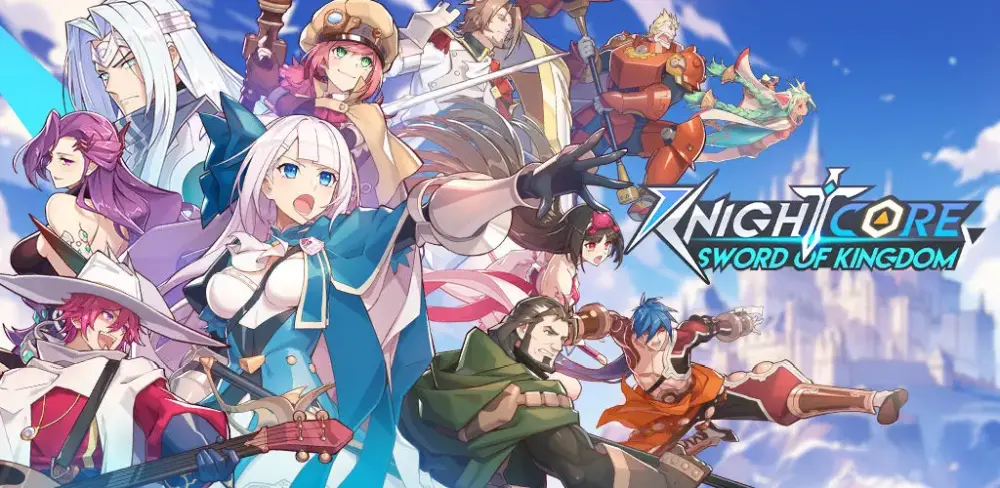
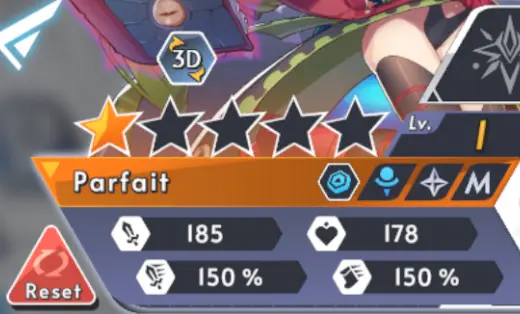
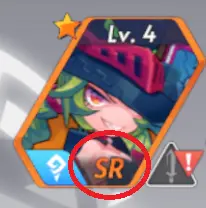
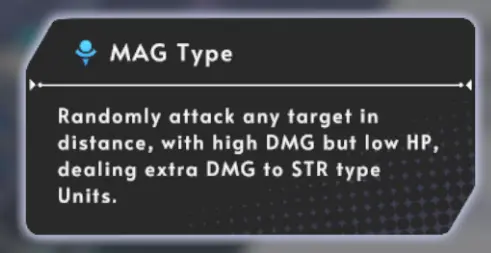
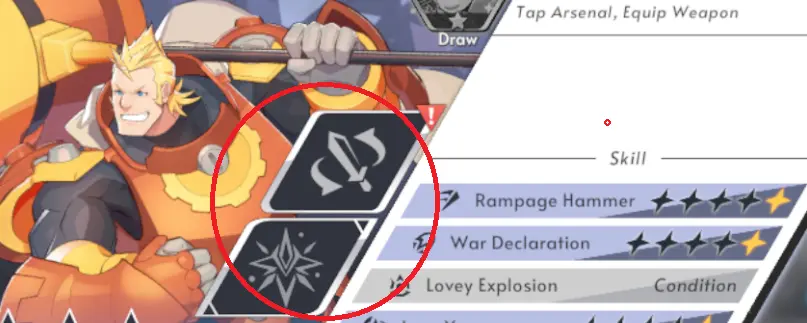
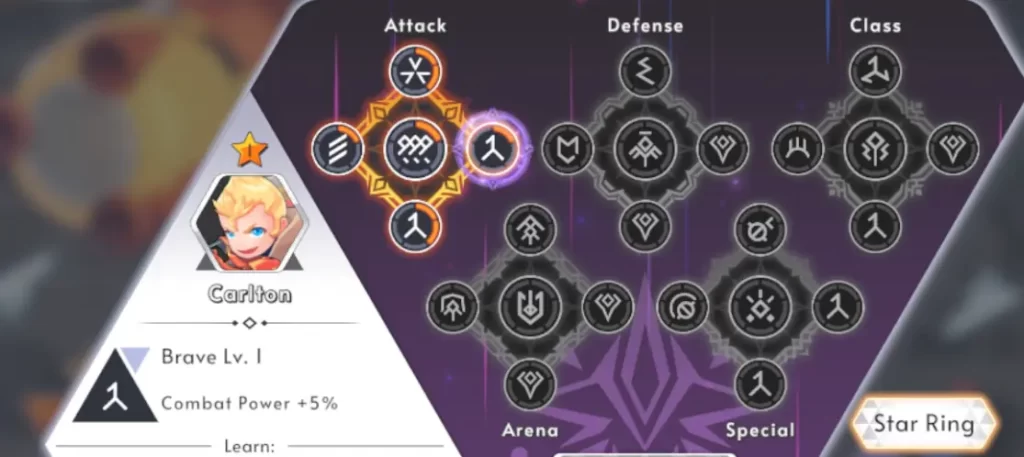


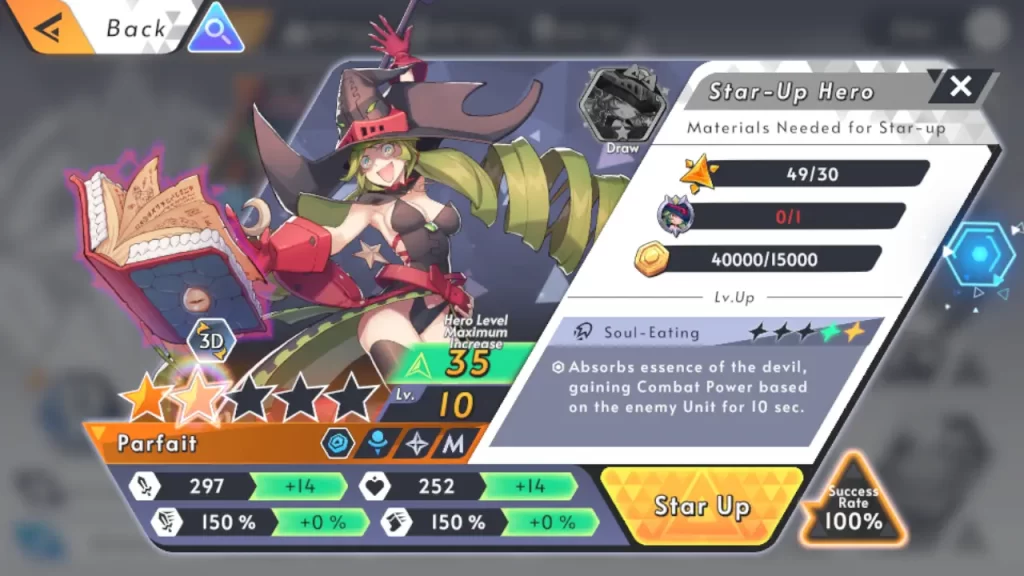
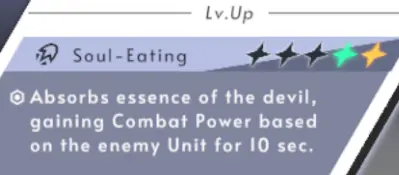
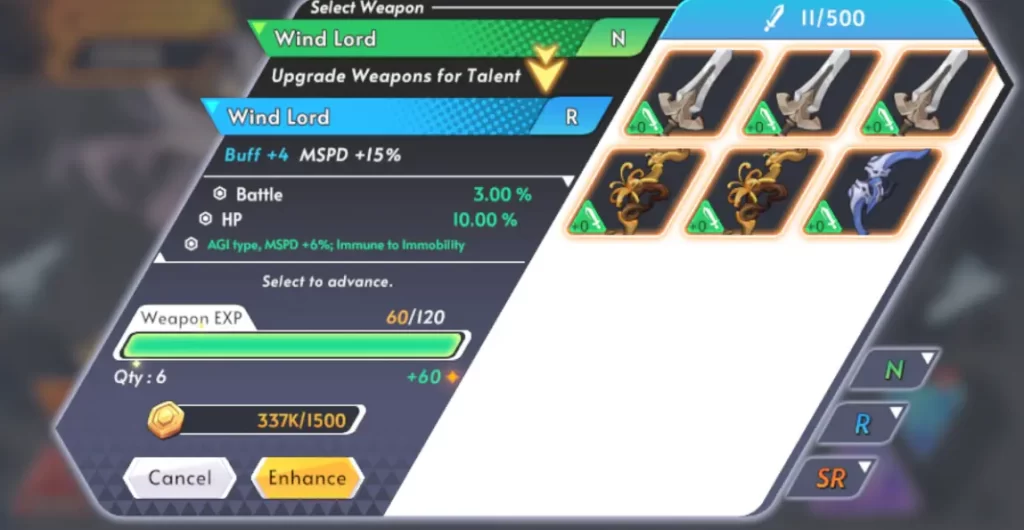
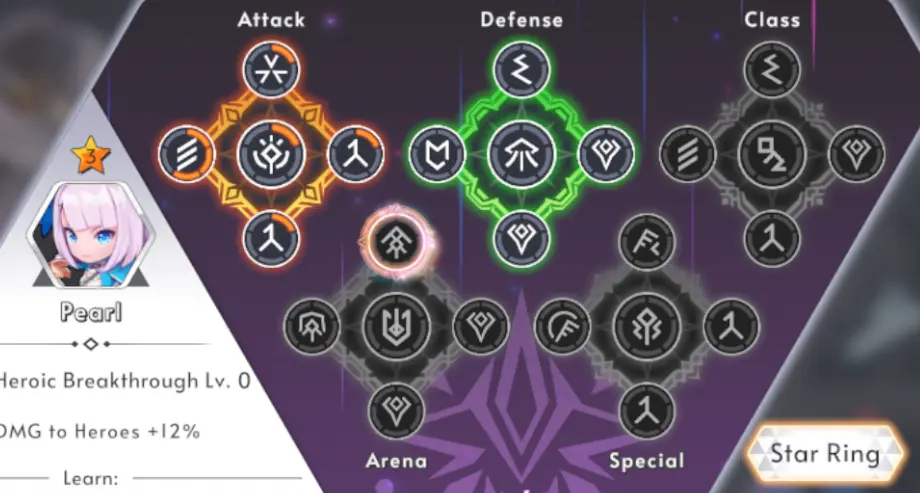
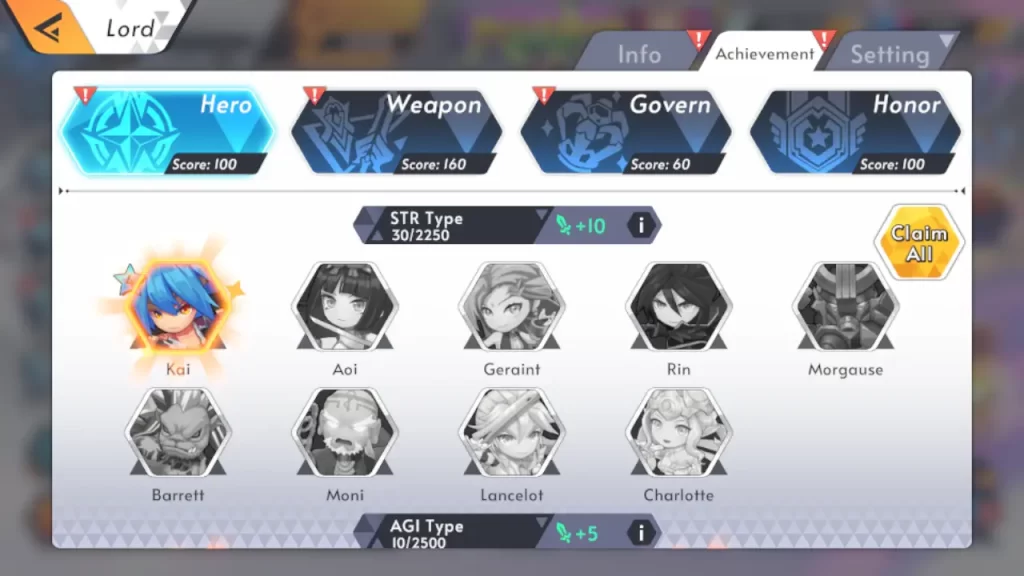
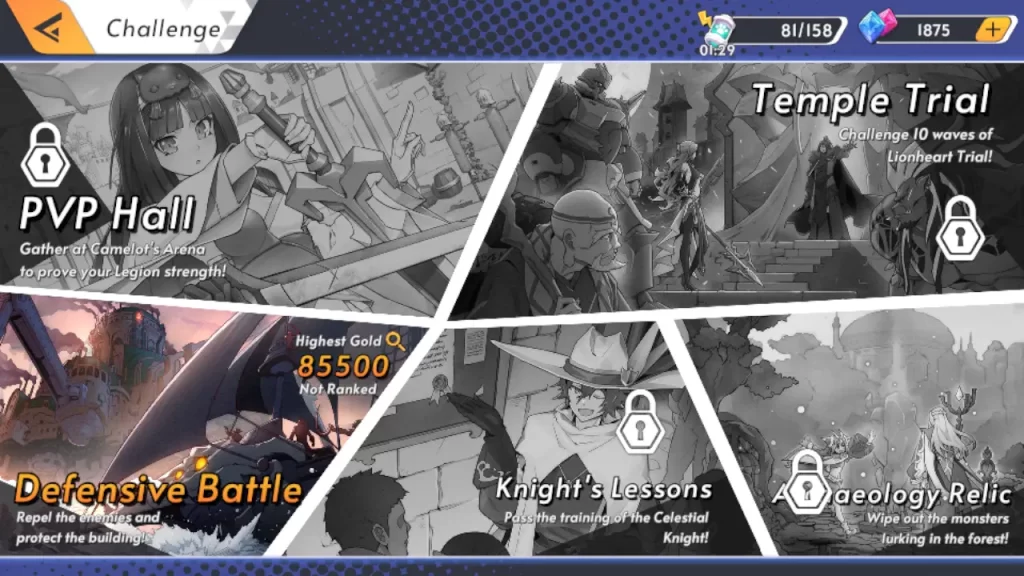
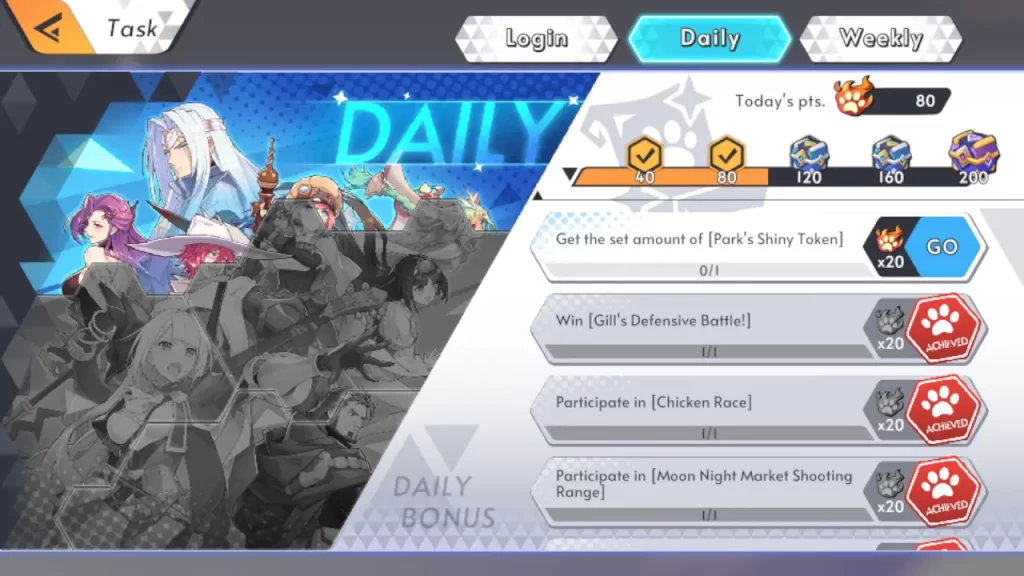
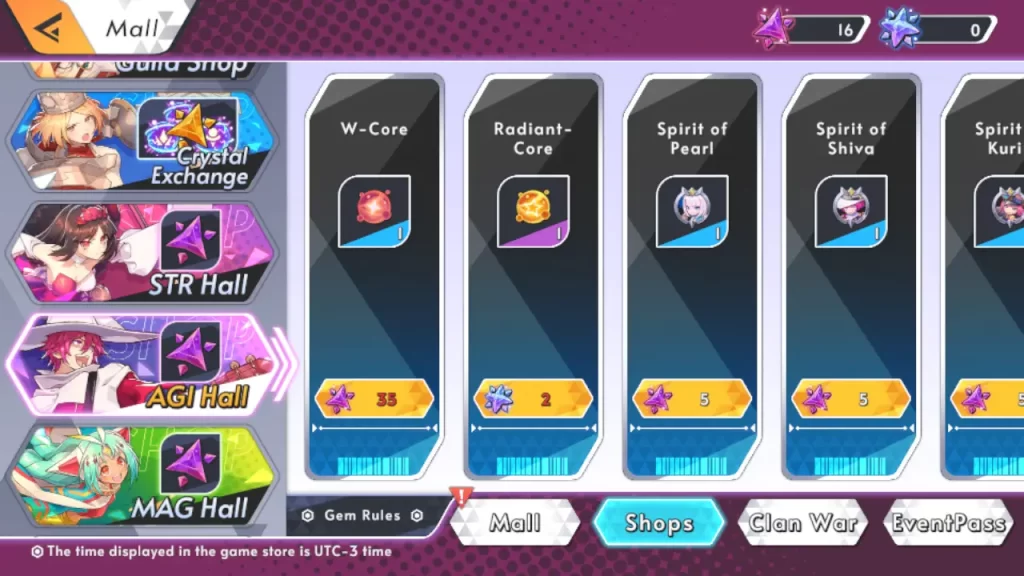
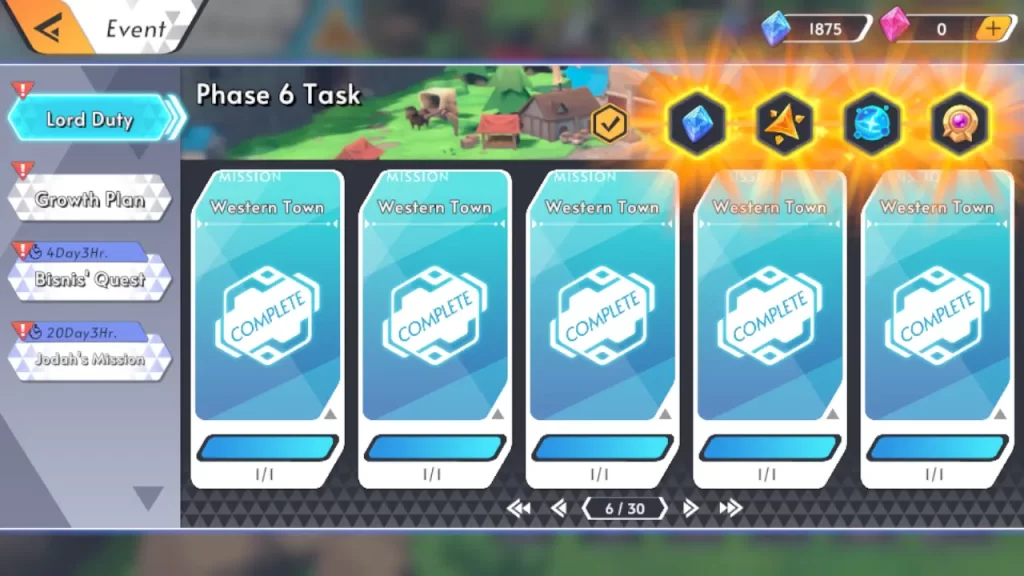
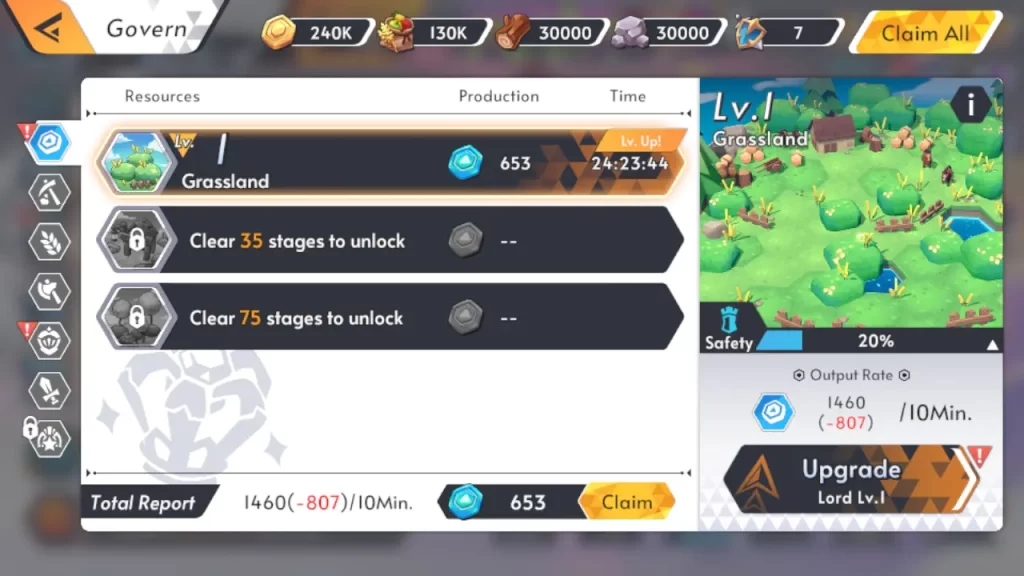
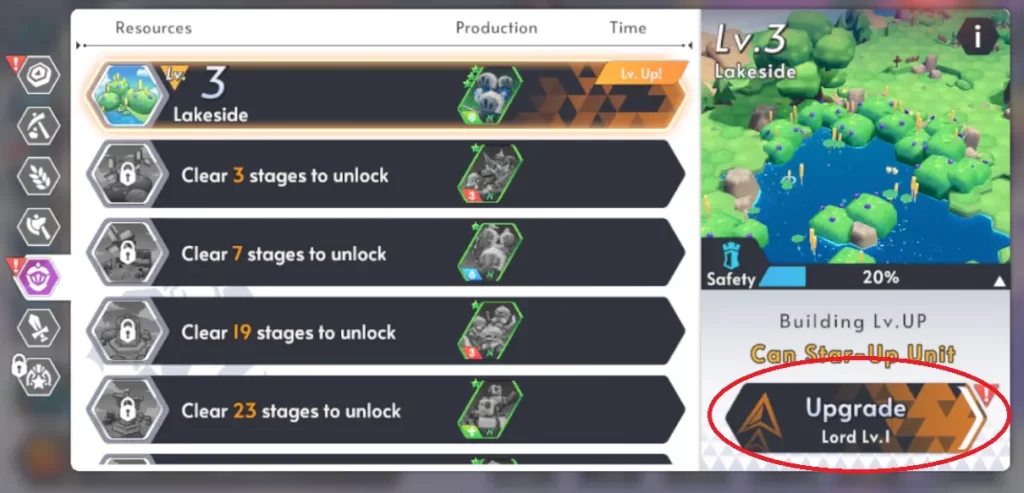

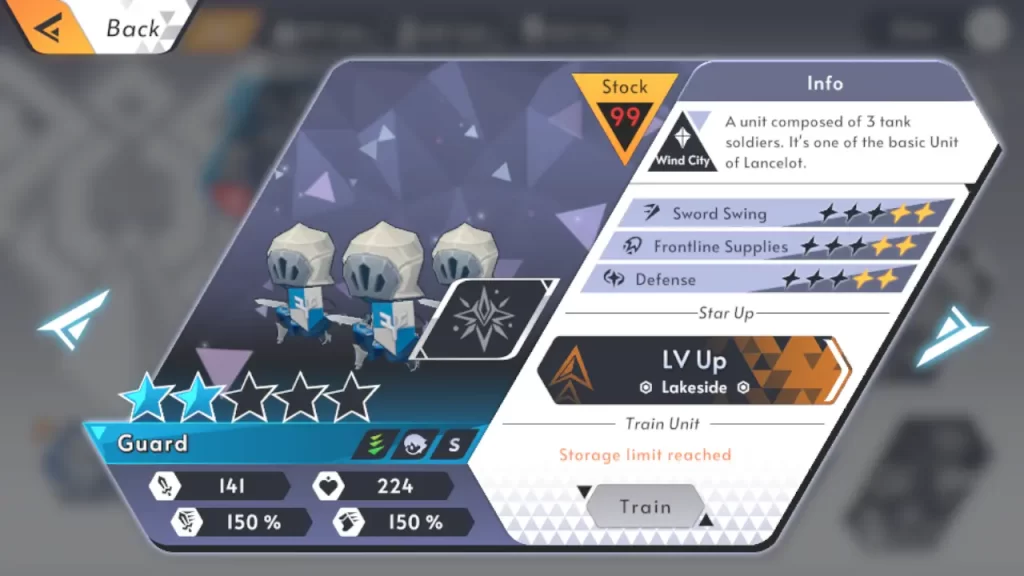
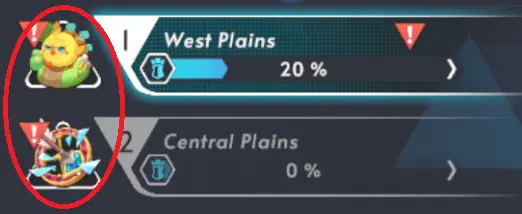
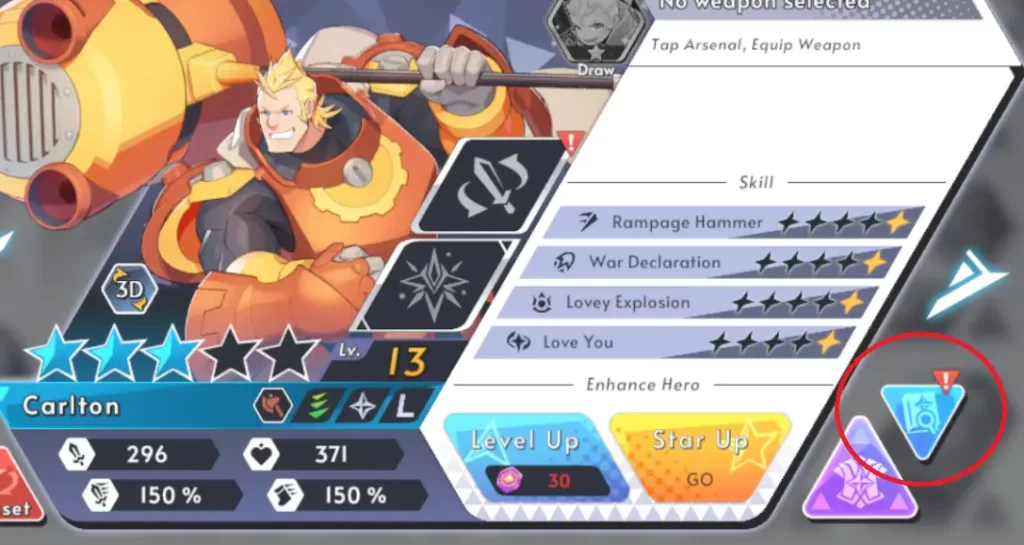
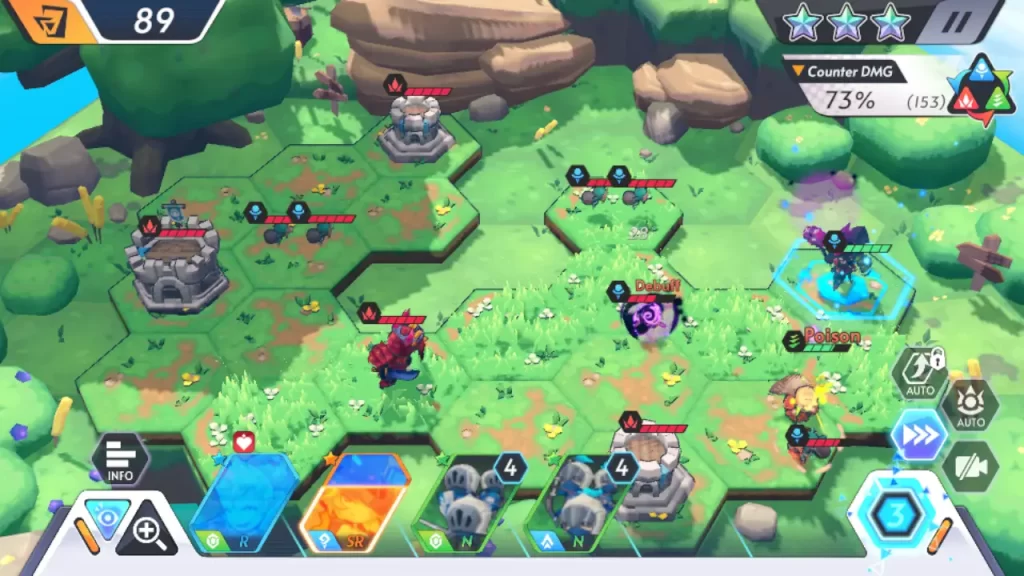
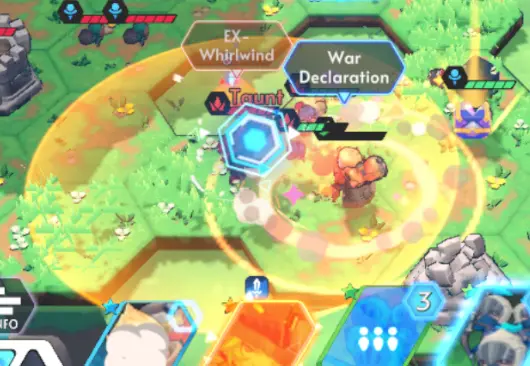
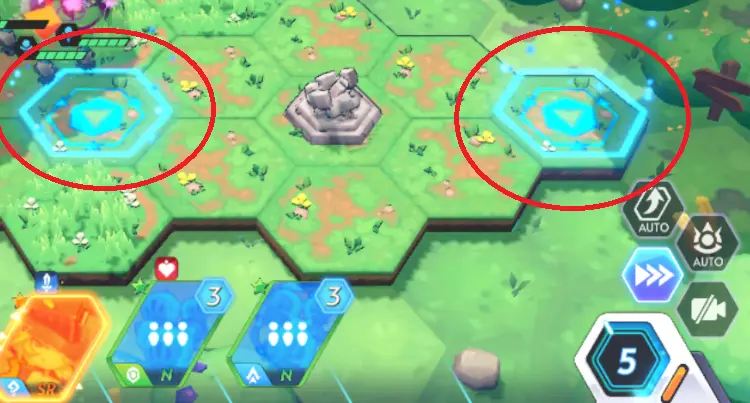

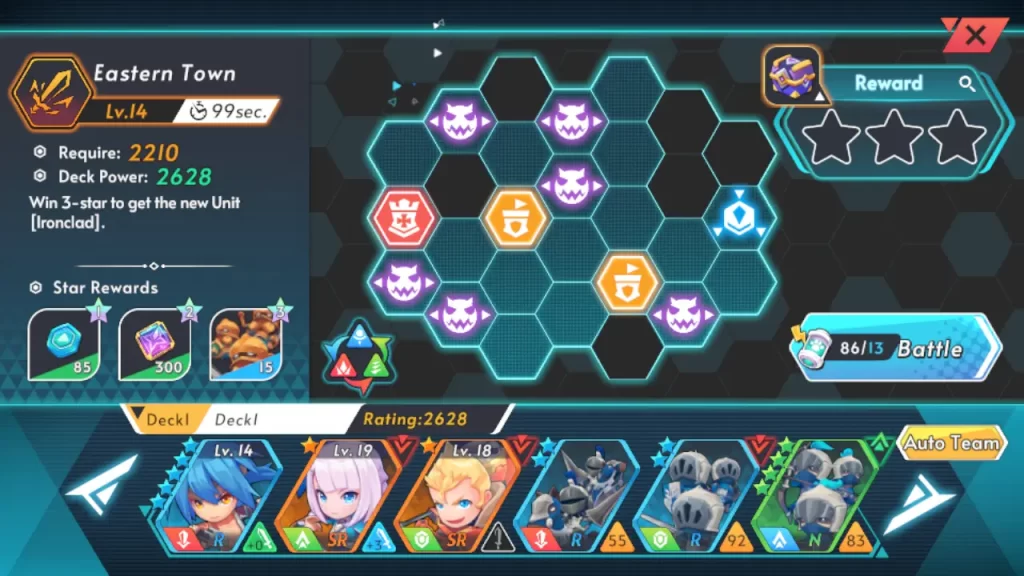
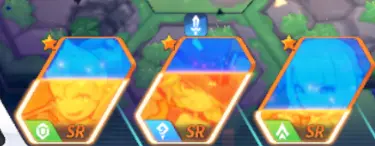
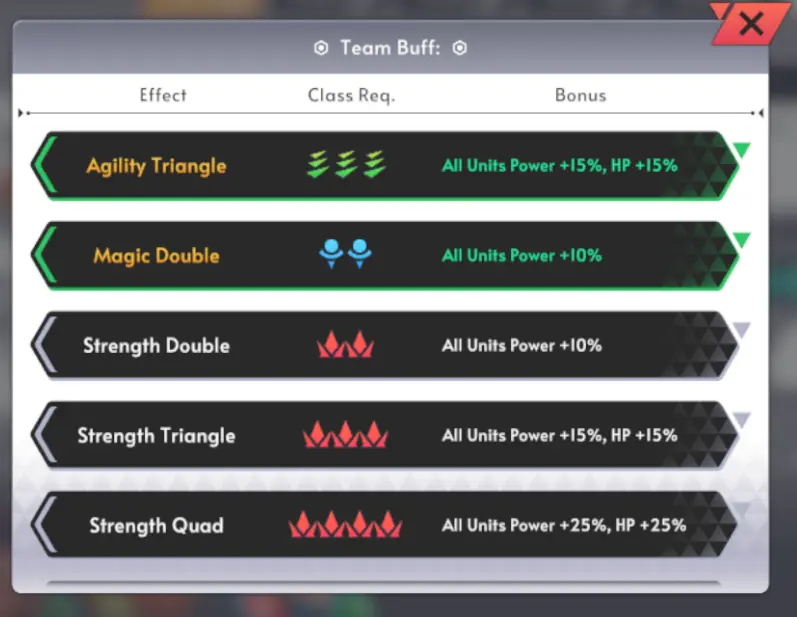
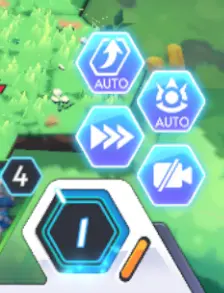
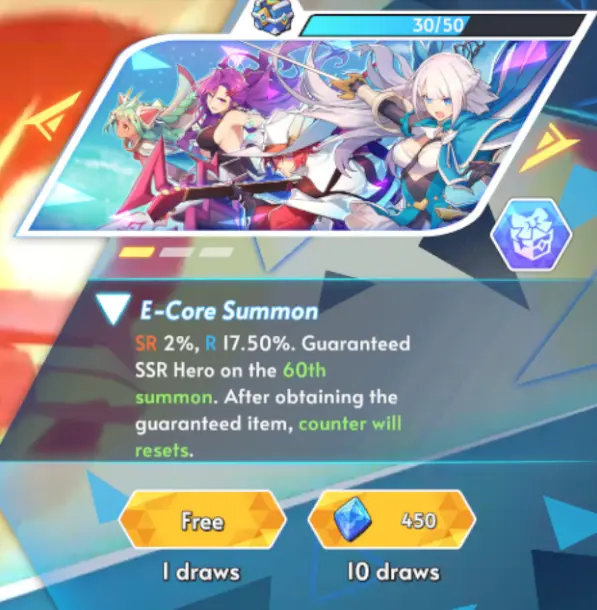
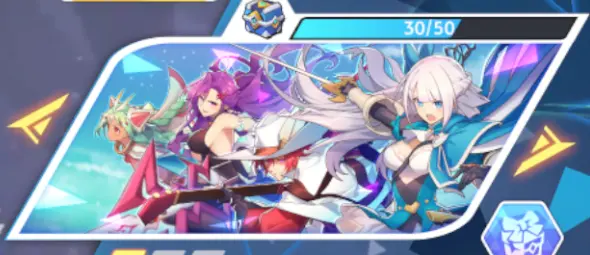
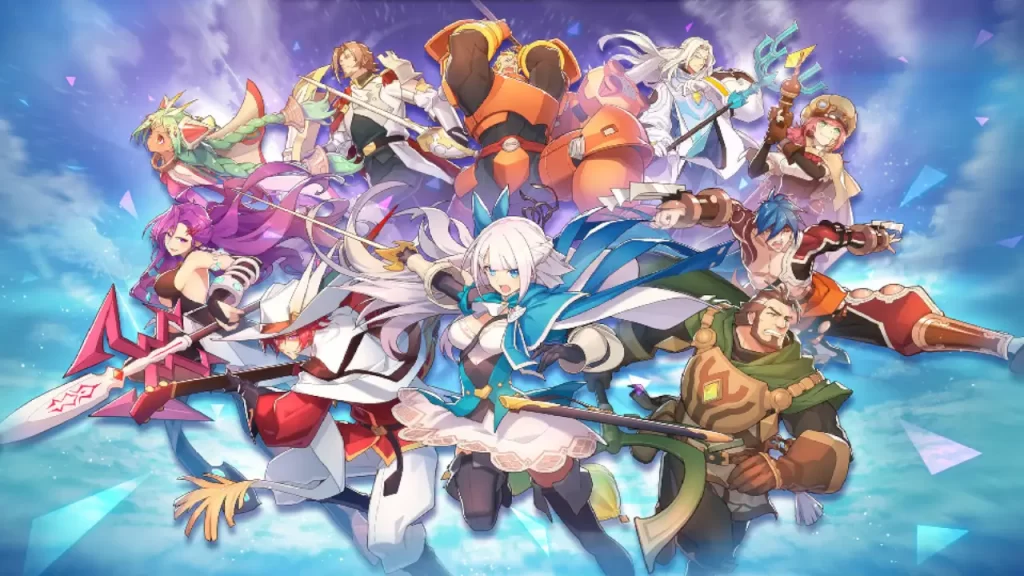
Kaaz
Wednesday 13th of December 2023
What is the function of draw at the top right on unit display?